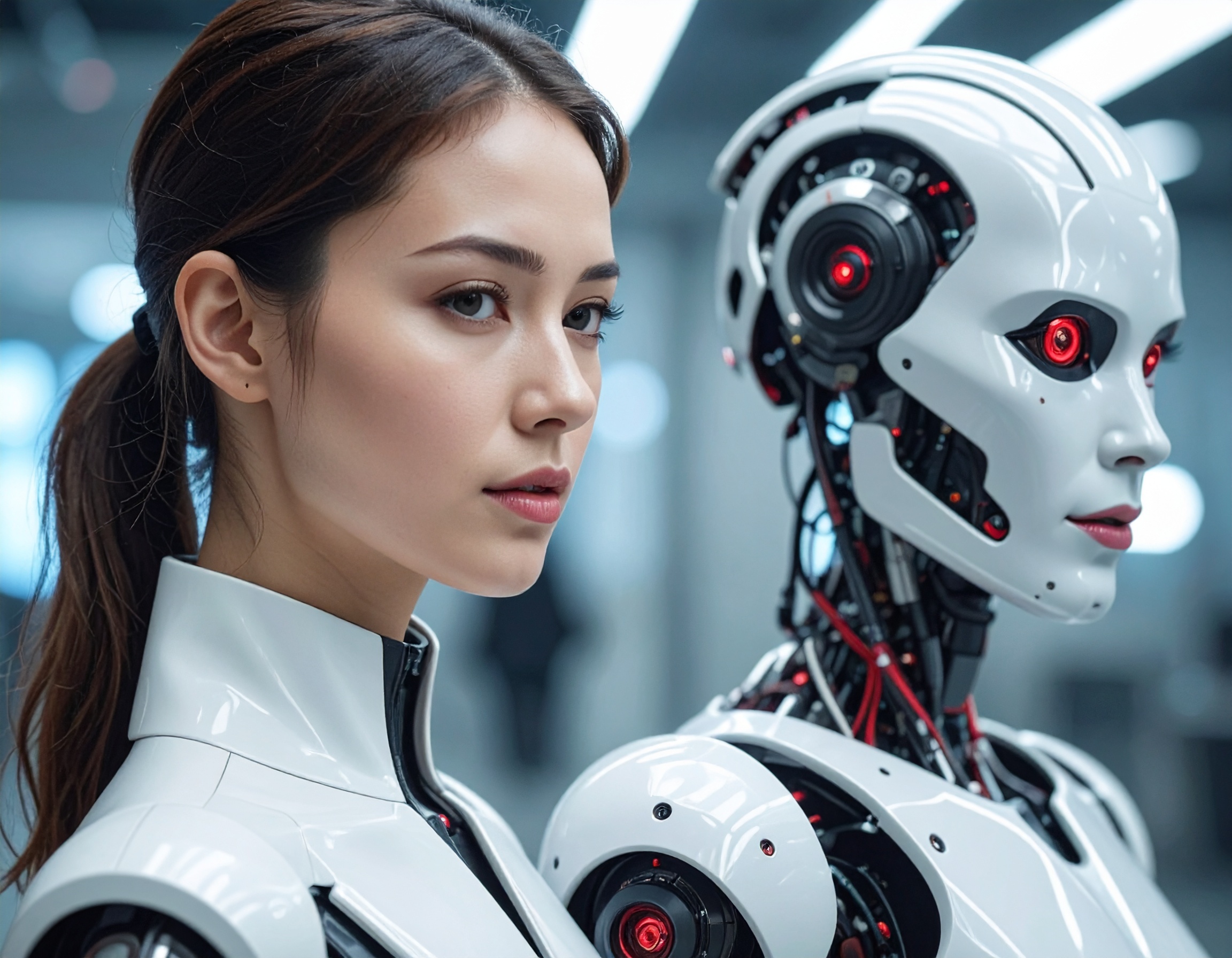Rise of the Digital Housekeeper: Intelligent Agents Set to Revolutionize Home Chores

Robots Learn to Tidy Up Like Humans — in Just 20 Minutes
In a significant leap forward for household automation, researchers have developed a new training method that allows robots to learn domestic tasks in only 20 minutes. Using an iPhone camera and a tool called a litter picker, a human can demonstrate a chore — such as picking up items or cleaning — while the robot observes and mimics the action. This innovation, reported in New Scientist in April 2025, marks a major step toward making home-assistant robots more practical for everyday life.
The key breakthrough lies in the robot’s ability to generalize tasks, enabling it to operate in different homes with varying layouts and objects. This flexibility is crucial in overcoming one of the main limitations of earlier robotic systems: they struggled to perform reliably outside controlled environments.

Intelligent Agents and Non-Human Workers Enter the Home
These new home-helper robots are more than just machines — they are digital employees designed to assist with real-world problems. Often referred to as intelligent agents, they can process visual data, learn from demonstrations, and make decisions on how best to complete a task. What sets them apart is their adaptability — they don’t need custom programming for every new job or household layout.
By acting as non-human workers, these intelligent agents represent a shift in how we think about domestic labor. Instead of replacing people outright, they work alongside us, reducing our workload and increasing efficiency.

Domestic Automation Could Handle 39% of Chores by 2033
According to a 2023 study cited by the BBC, experts believe that household robots could take over nearly 39% of domestic work within the next decade. Tasks like cleaning, cooking, and grocery shopping are likely to be the first automated, freeing up valuable time for millions of people. These projections underscore how fast the technology is developing and how deeply it could affect everyday life.
However, challenges remain. Affordability and privacy are two major concerns. Equipping homes with digital employees requires investment, and users must trust these systems with access to personal spaces and habits.

A Glimpse Into the Future of Home Living
The rise of digital housekeepers signals a new era of living. Intelligent agents and non-human workers are not just futuristic concepts — they are becoming a tangible part of modern households. As the technology matures, we can expect greater convenience, higher-quality home management, and a shift in how we define domestic responsibility.
Key Highlights:
- Intelligent agents can now learn household chores in just 20 minutes through human demonstration using an iPhone and a litter picker.
- These non-human workers adapt to different home layouts, overcoming a major barrier in domestic robotics.
- Researchers predict robots could handle up to 39% of household tasks by 2033, including cleaning and shopping.
- These digital employees represent a shift from traditional labor, assisting rather than replacing human effort.
- Affordability and privacy remain key concerns as robots enter private living spaces.
- This marks a turning point in home automation, blending convenience with cutting-edge AI technology.
Reference:


